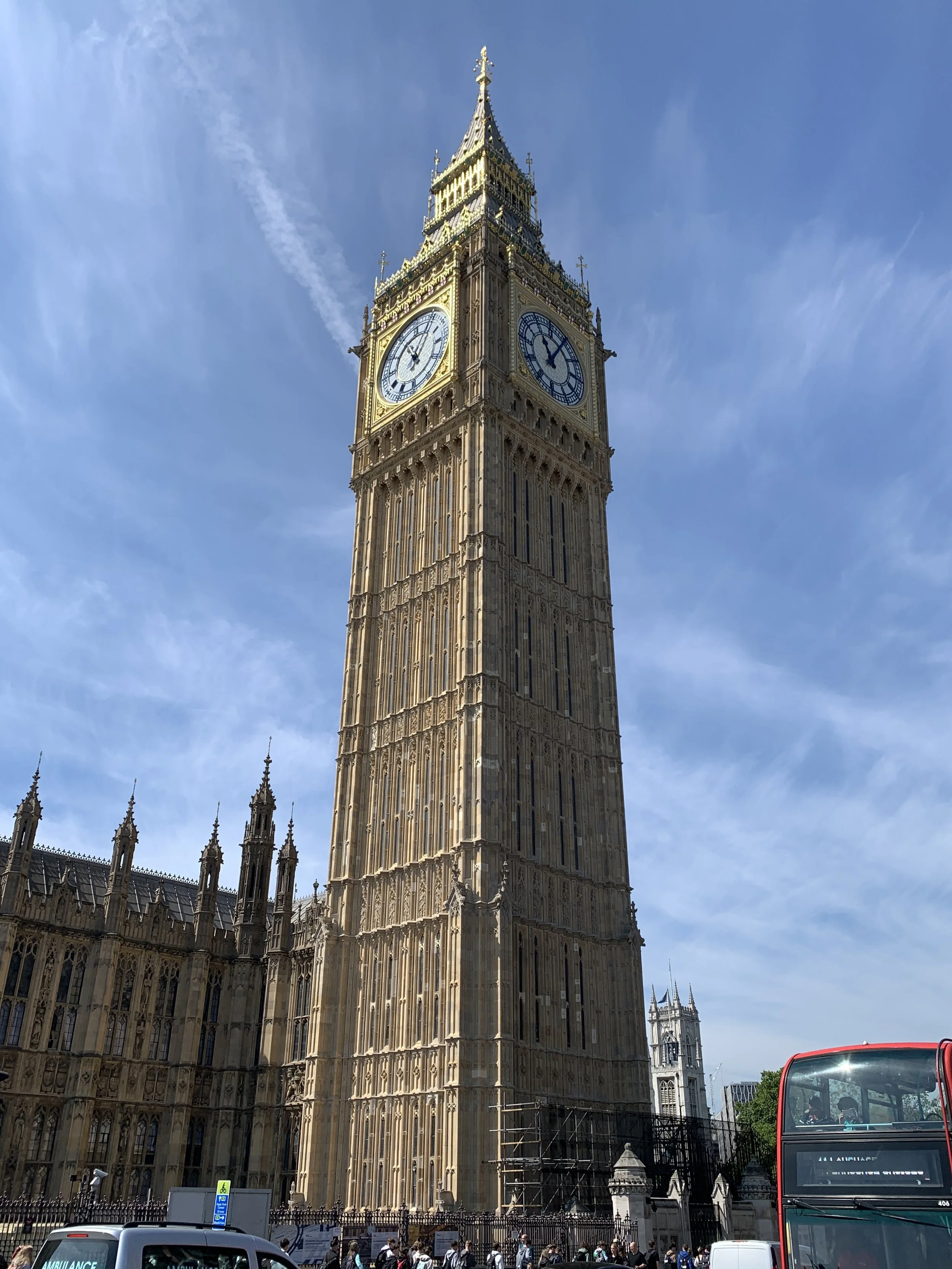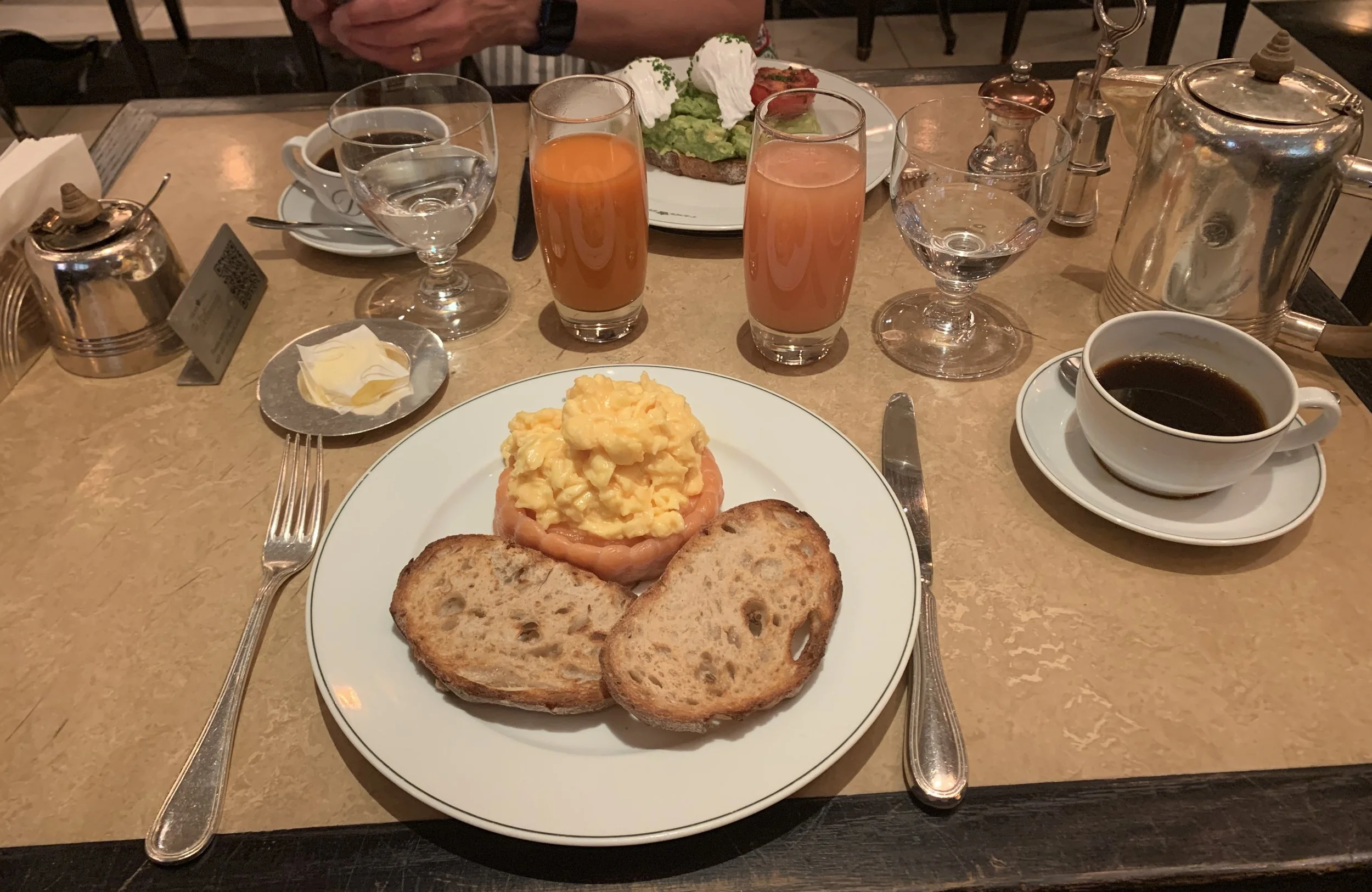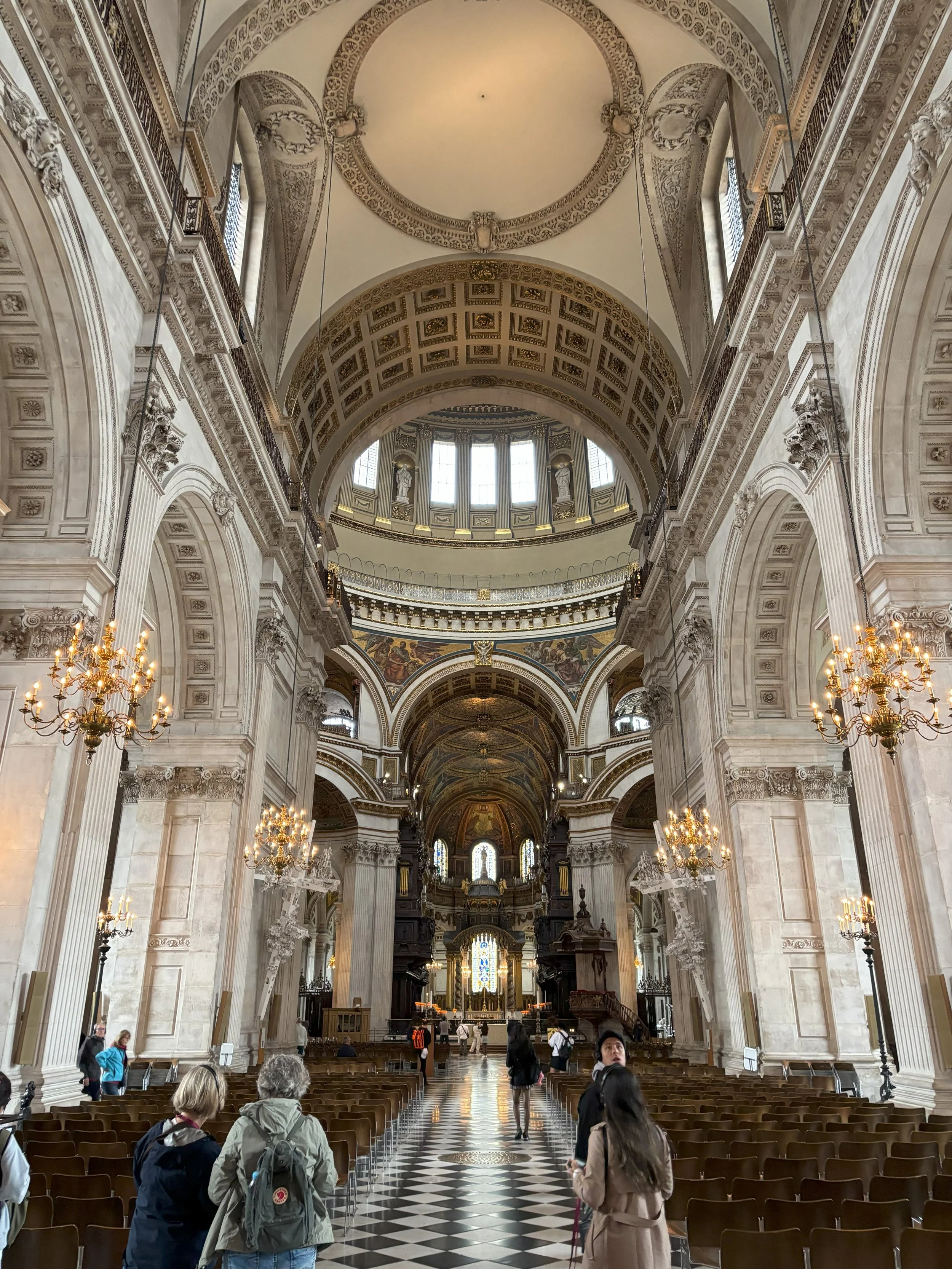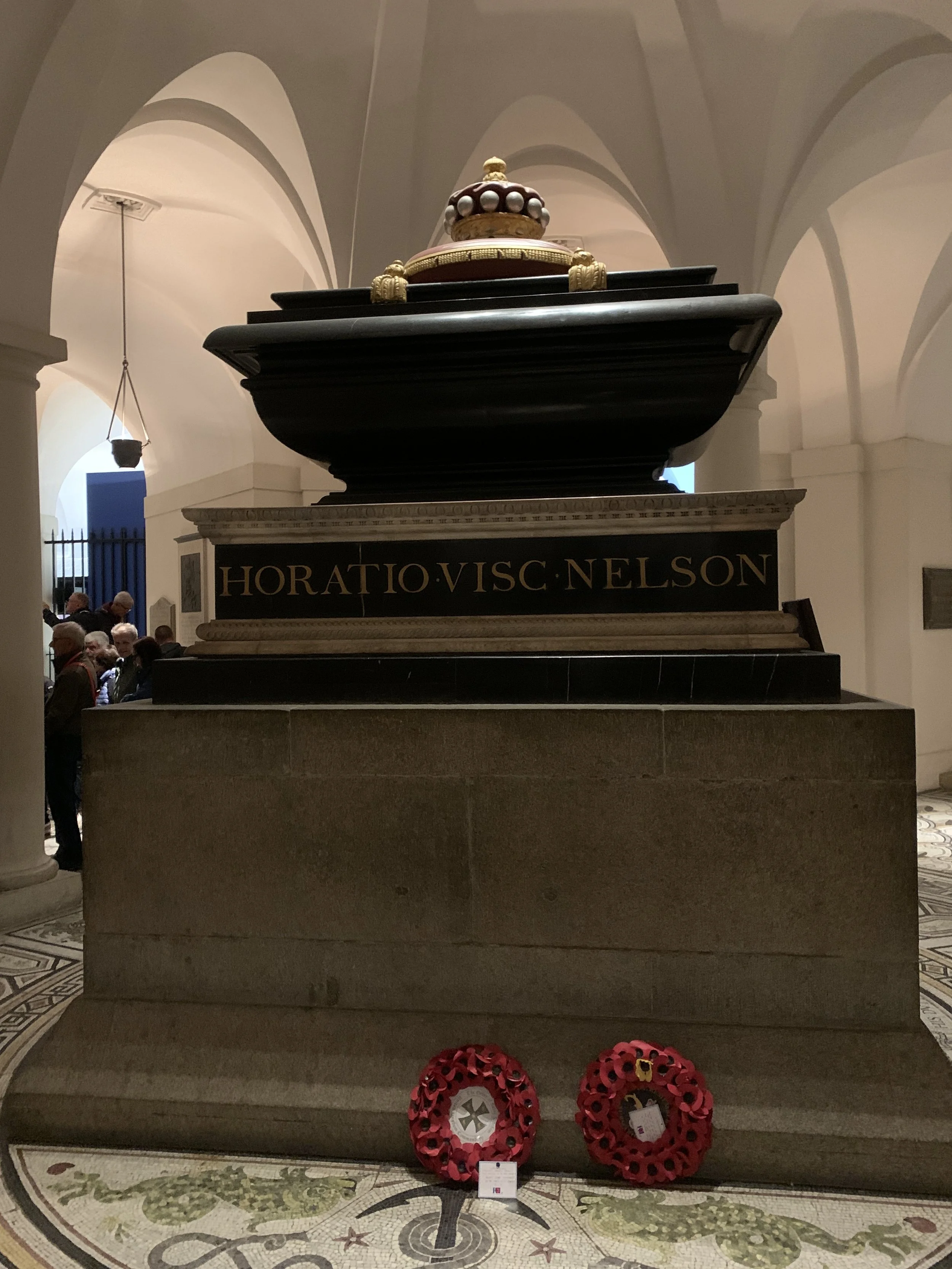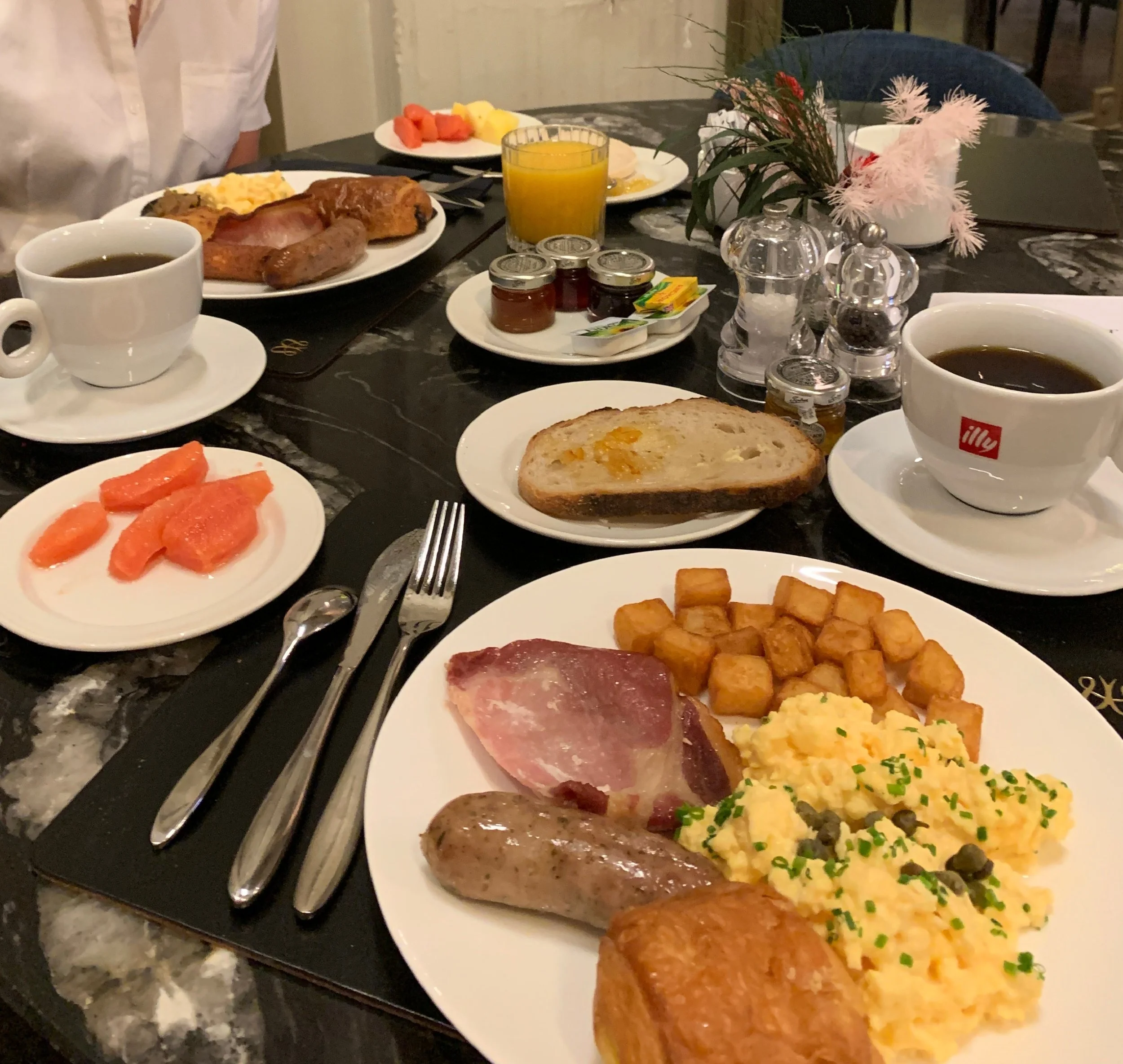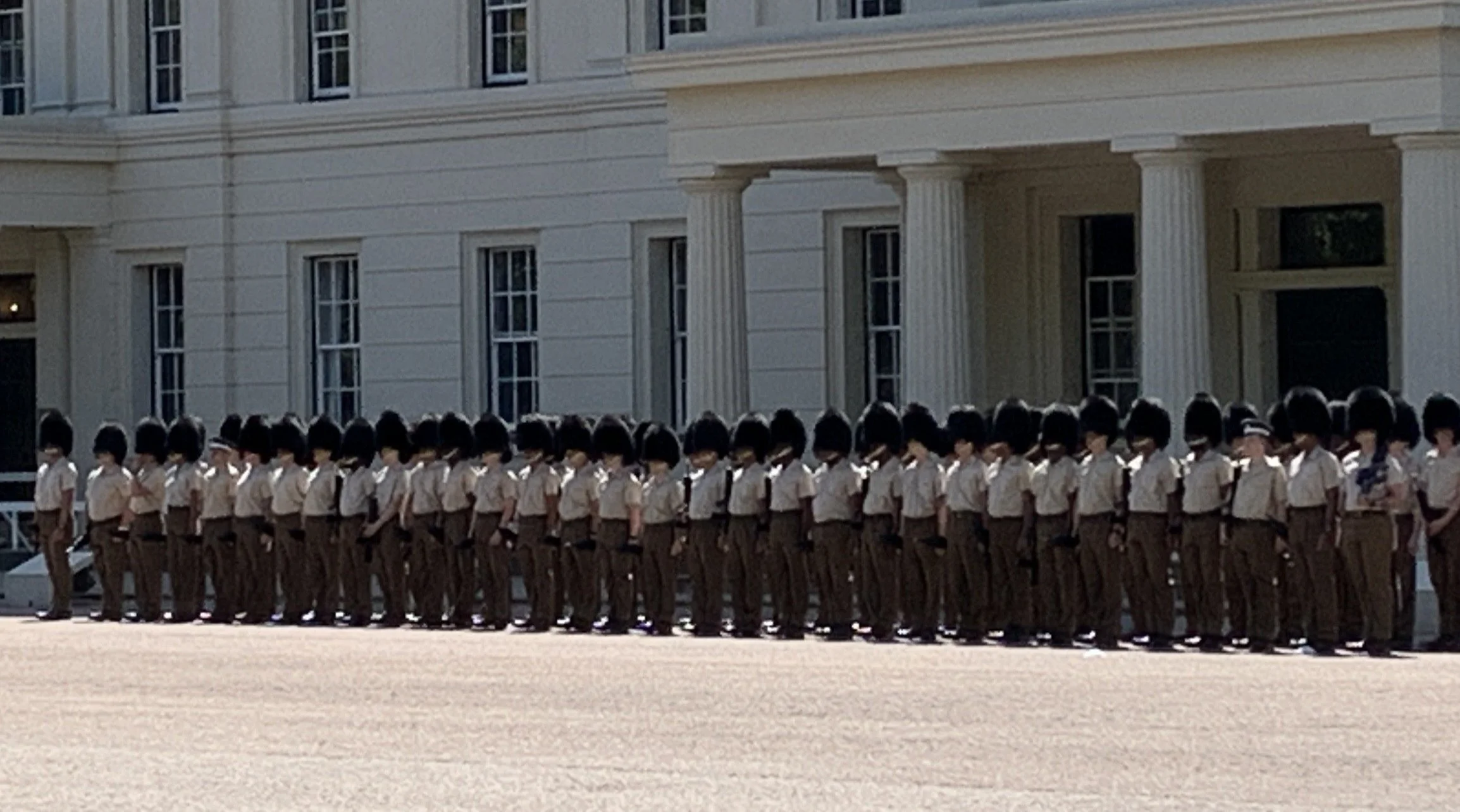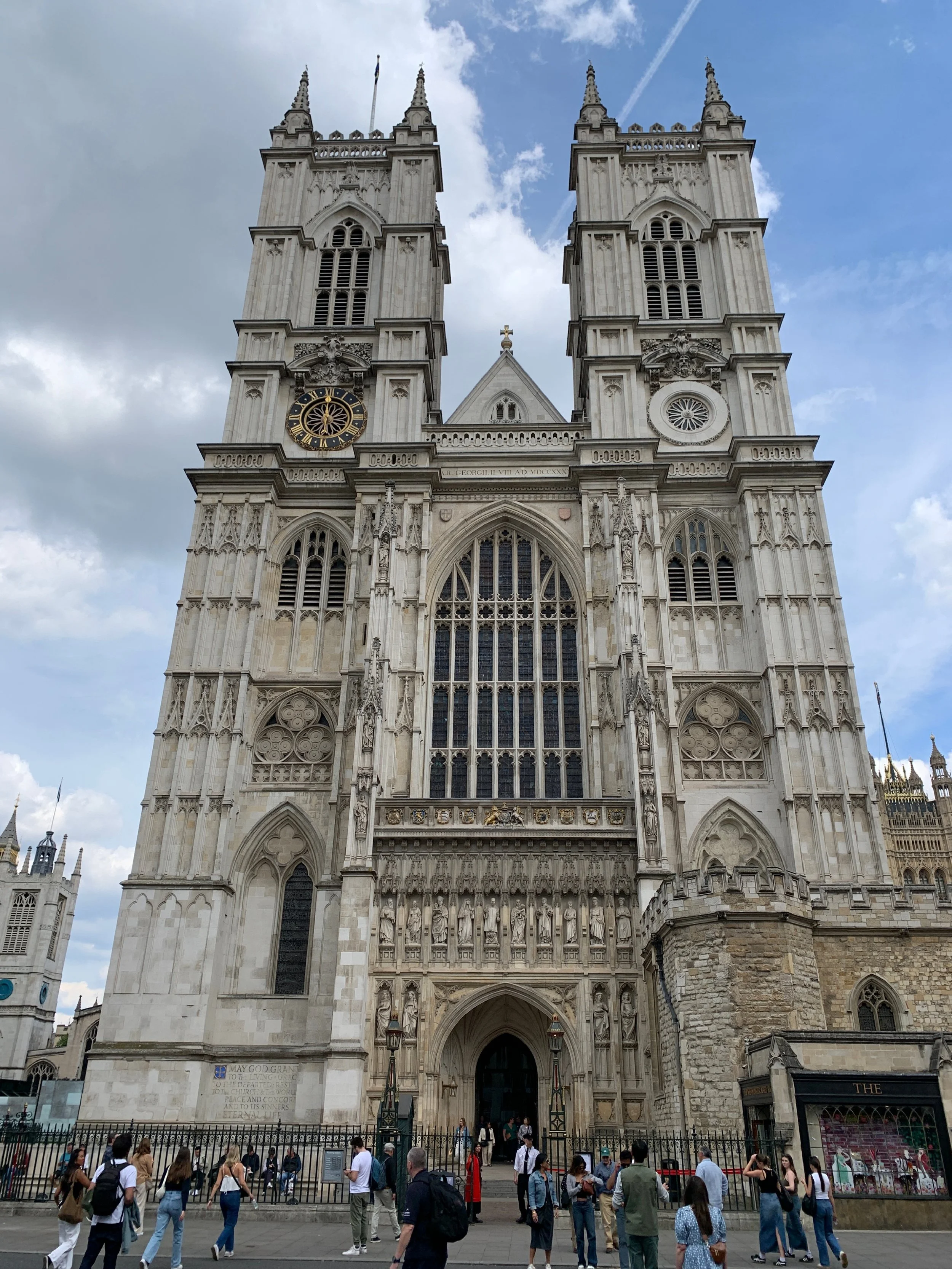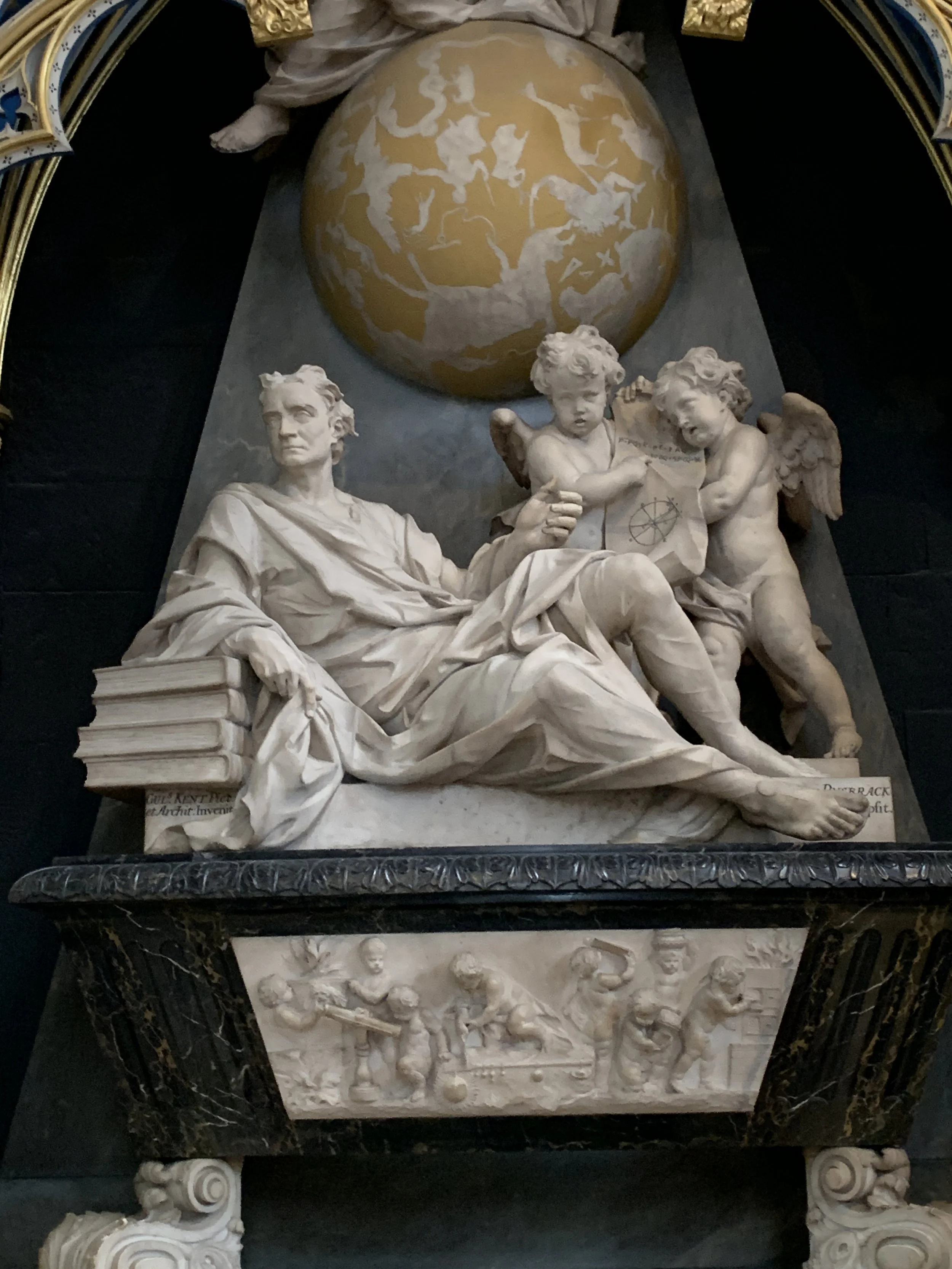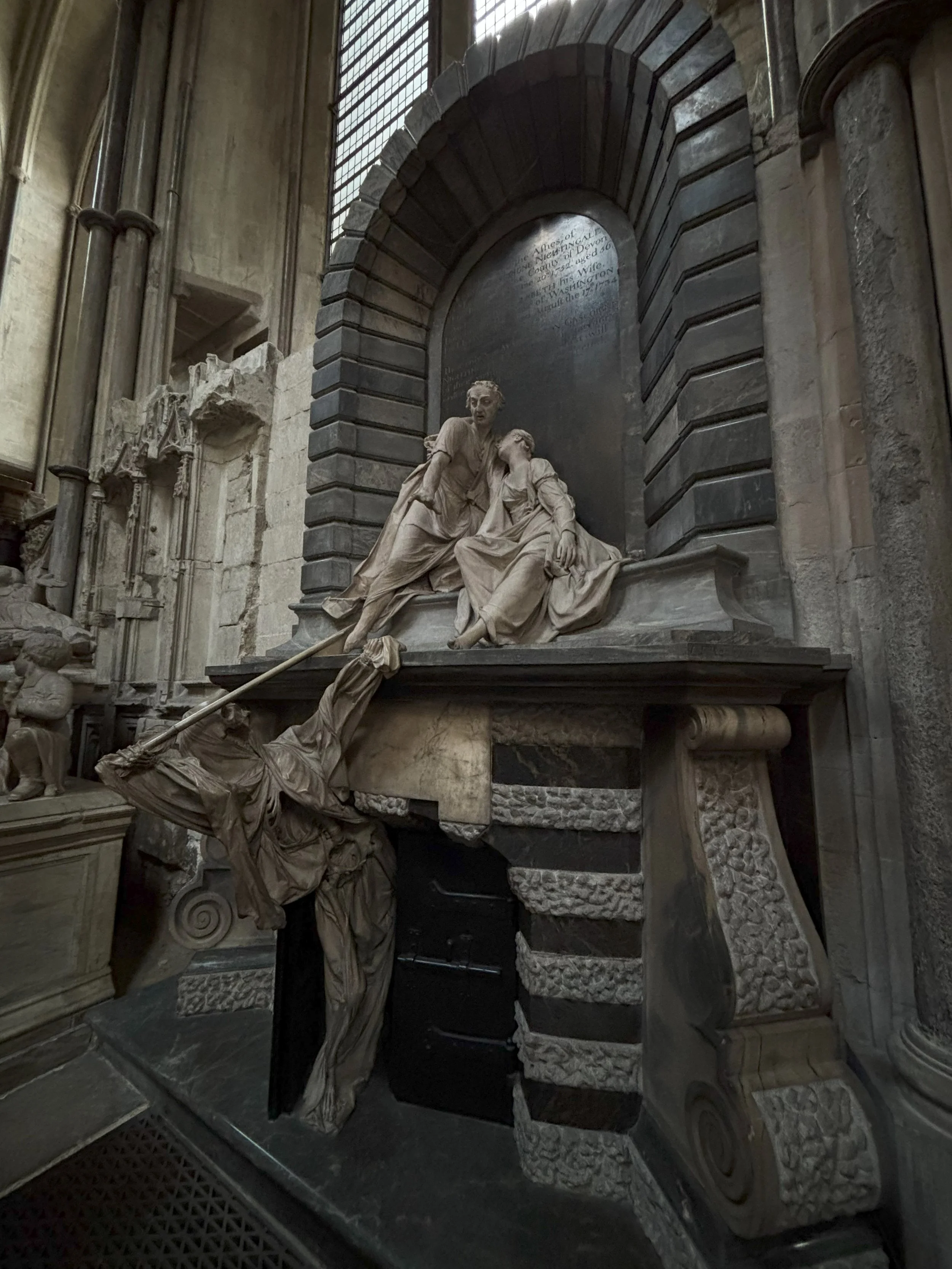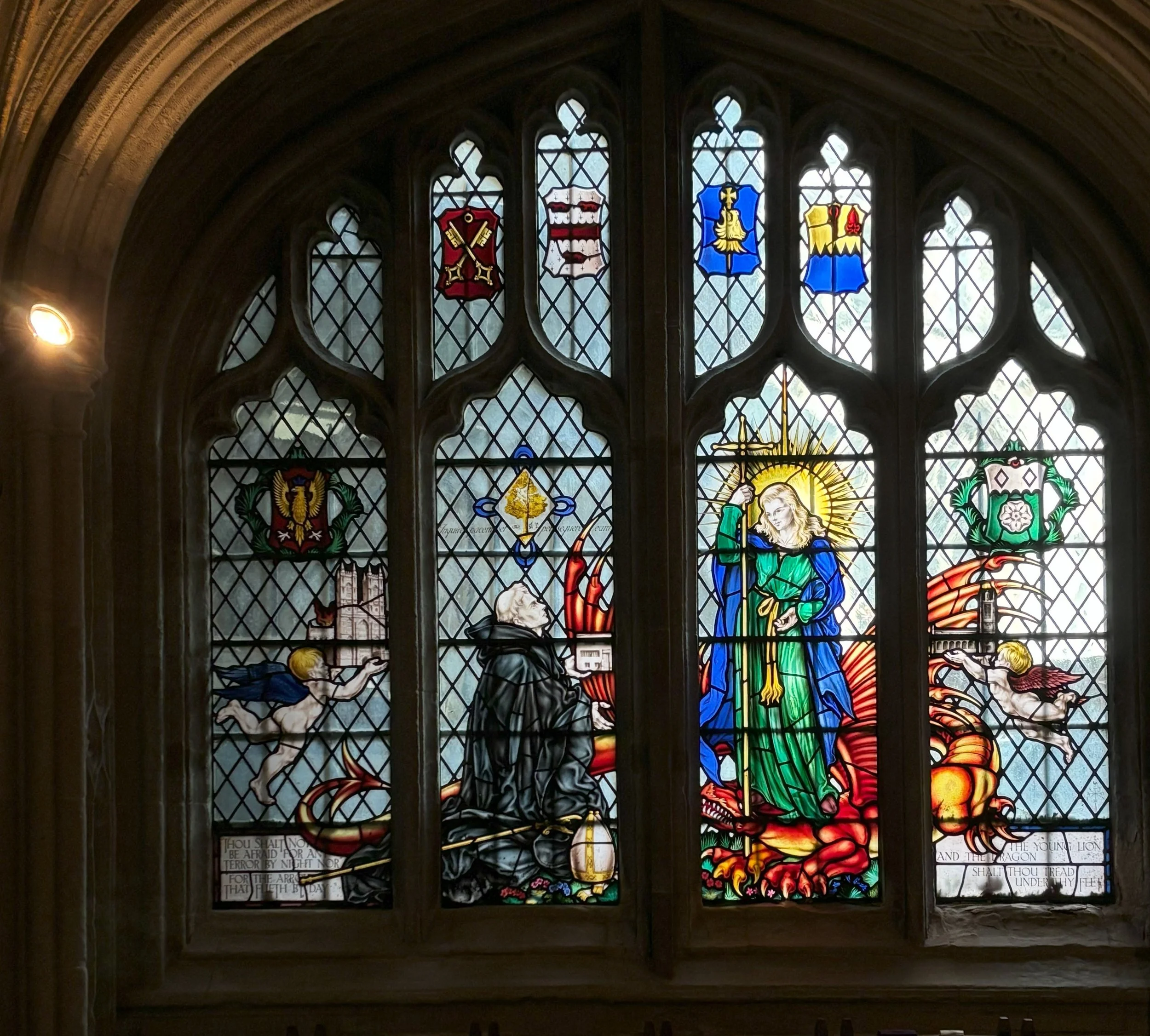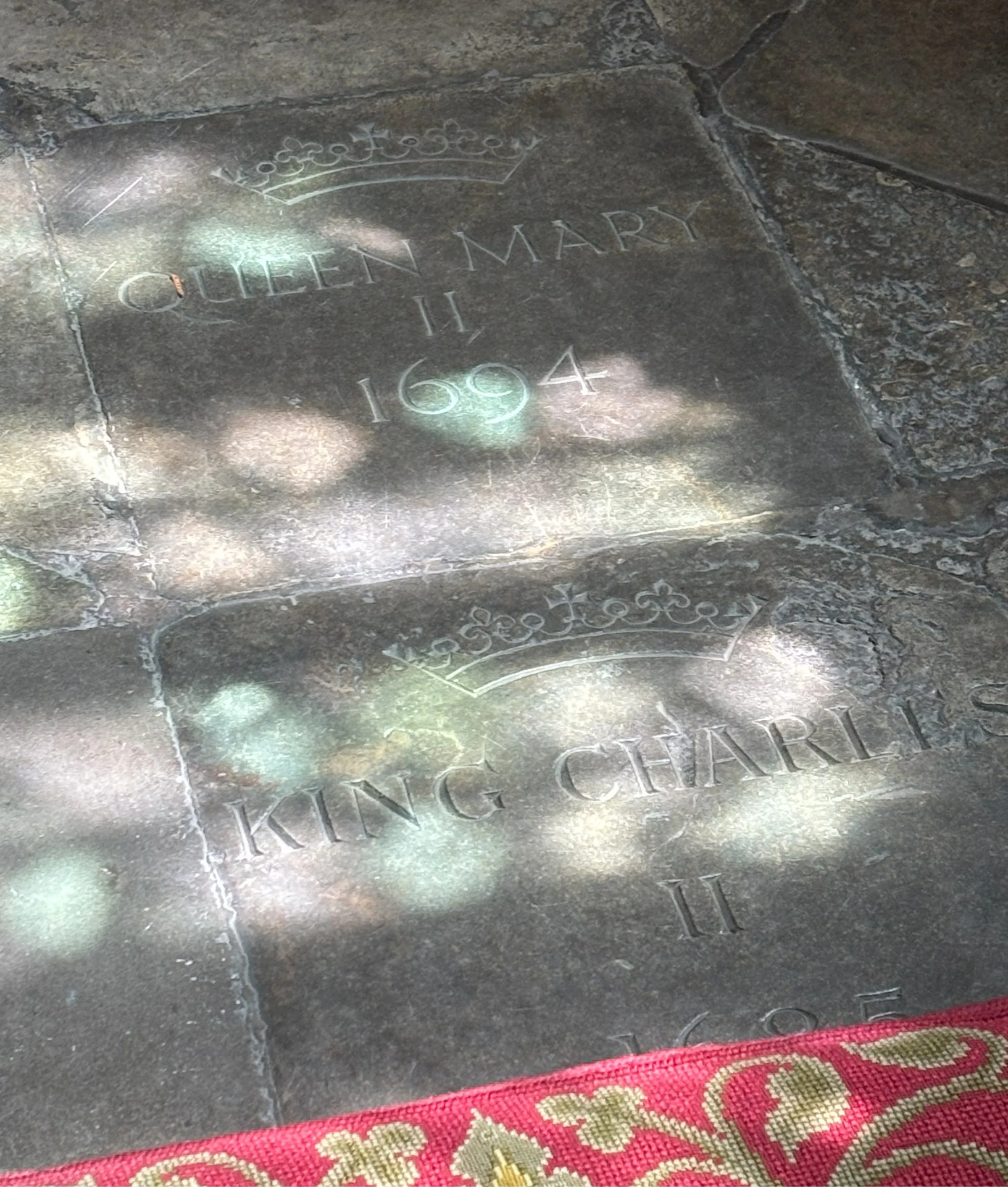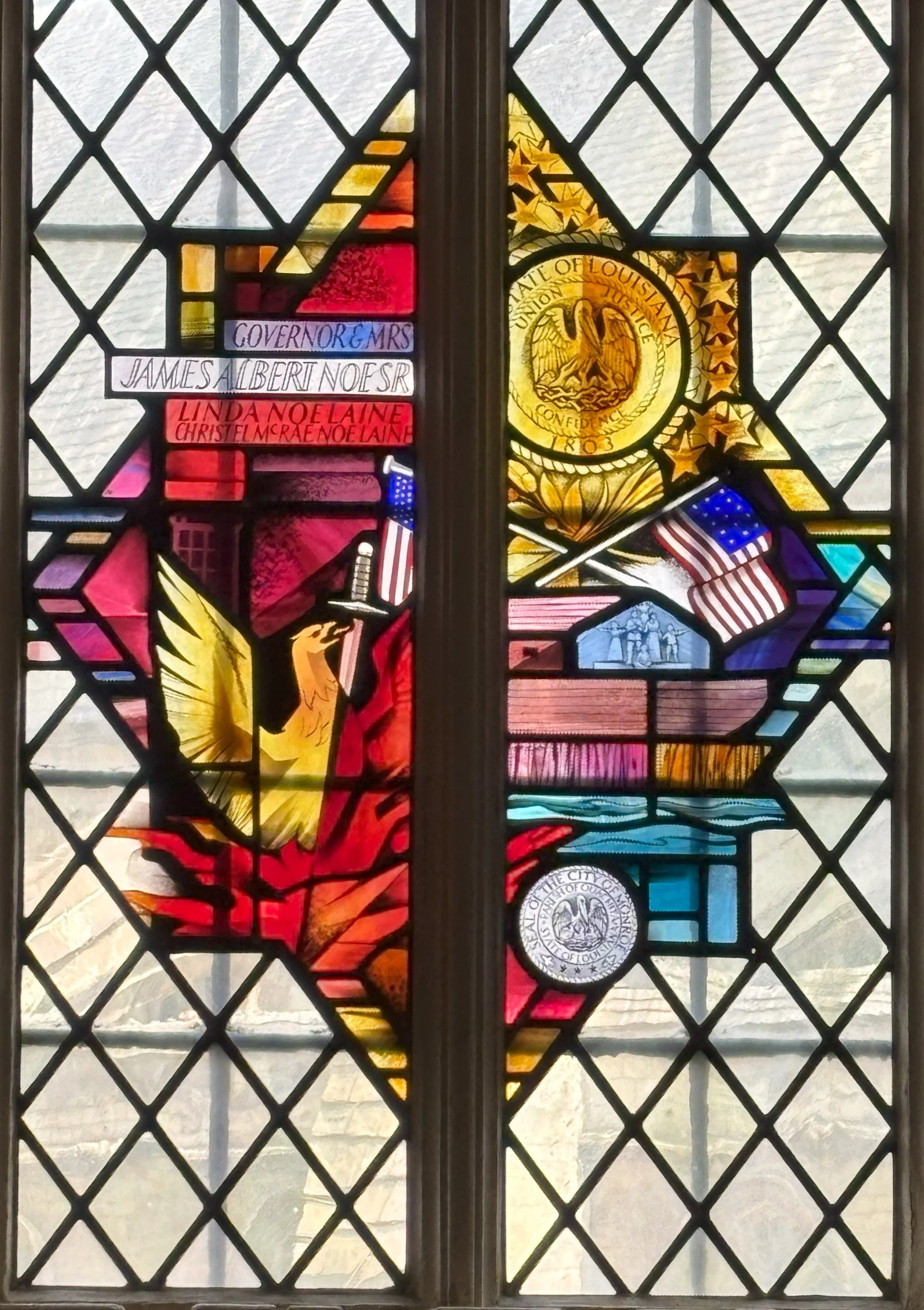London
We return to London.
According to the plan, we return to London to end the trip. Westminster Abbey, Churchill’s War Room, and St Paul’s Cathedral are all on the menu.
We checked into the Waldorf Hotel, very nice, with a very helpful staff. We stayed in one of the more moderately priced rooms, smallish, but comfortable. The location is what worked for us, located in London’s theatre district, we could walk to Trafalgar Square, Covent Garden, and most of the sights on our list. The only bad part about the location was we returned the car since we didn’t need it any longer in the city. The walk with our luggage from the nearest tube station to the Waldorf was a bit of a walk, in hindsight, we might have incurred the extra expense and taken a cab.
You will find many very nice hotels throughout London, so use your own priorities to pick one. Not that the Waldorf was disappointing, to the contrary, but there are a lot of options. Our advice is to find a location where you can walk or take the underground to the things on your list.
A buffet breakfast is included with the room, except for the first morning. When making our plans we added a night and believe we didn’t choose the breakfast option, our bad. So, we walked down the street looking for somewhere open for breakfast, and found a place nearby called, The Delaunay.
We picked the place the same way many of us do, it looked nice.
A word of warning, if I was using a corporate expense account, I would have breakfast here; read expensive. My wife joked afterwards, we spent more on this breakfast than we did on dinner the night before, and it wasn’t close. We chalked it up as a treat. With that caveat, the breakfast was great, in a very nice environment. My wife had a couple of poached eggs on avocado toast with a grilled tomato. I had scrambled eggs with a healthy portion of salmon.
St Paul’s Cathedral
If you go to London, St Paul’s Cathedral has to be on your list. Christopher Wren’s design is amazing to behold, he was determined to crown the church with a dome, instead of a spire, which was unusual for the day.
The Galleries, the quire, alter, mosaics, and monuments create one awe inspiring moment after another.
It was usual for a great cathedral to have a quire, or choir on our side of the ocean.
The quire contains the cathedra, or Bishop’s throne. The word cathedral became defined as the seat of the bishop.
The more famous of those buried at St Paul include: Lord Horatio Nelson, the hero of the Battle of Trafalgar, one of the nation’s greatest naval victories, Duke Arthur Wellington, famous for defeating Napoleon at Waterloo, and Christopher Wren, the architect of the church.
The first of the galleries is the Whispering Gallery, which is the largest and runs around the interior of the lowest part of dome, 259 steps from the ground floor. It’s a great view both down to the floor below and up to the interior of the great dome. It’s called the whispering gallery because of an acoustic phenomenon where sounds, especially whispers, can be heard across a large curved space, something to do with how the sound waves are focused as they cling to the surface. Love to show you a photo, but none were allowed on this gallery.
At 378 steps, you reach the Stone Gallery, which offers you exterior views of the cathedral itself and the city of London.
At 530 steps, you reach the smallest and highest gallery, the Golden Gallery, also running around the exterior of the dome, and offers some of the best panoramic views of London.
Get your steps in for the day and enjoy a great experience.
Churchill War Rooms
After St Paul, we made our way to Churchill’s War Rooms.
These rooms were Winston Churchill’s center of operations during World War II, hidden in plain sight, located beneath the treasury building near Whitehall. The war rooms themselves are fascinating whether your a history buff or not. The rooms are advertised as being untouched since they closed at the end of the war. The glassed off rooms have costumed figures inside going through daily work to give you an idea what it looked like in full operation.
The war rooms also contain the Churchill Museum, which goes through a detailed review of the man’s life. You can find his Noble Peace Prize, one of his first paintings, and stories of his exploits in the military and politics. You can also see an authentic Enigma machine.
I found the complex a great take, my only complaint is the day we went it was as crowded as a Disney ride. Even with that, I enjoyed it.
The next day, our plan was to visit Westminster Abbey, but we wanted to visit the Queen’s Diamond Jubilee Gallery, which was a separate admission and we needed to wait until 11am. So, we started the day with breakfast. The buffet at the Waldorf was top self, good food, great selection, and plenty of it.
The rest of the morning before our appointed entry to Westminster, we explored London. We saw Piccadilly Circus, just to say we did, walked to Buckingham palace, and took in Trafalgar Square.
Westminster Abbey
Where to start, Westminster Abbey is an active church, which opens it’s doors to the public to explore it’s wonders. At 11am and 3pm, visitors are asked to stand where they are in silence and invited to say a short prayer. More than 3,000 people are buried or have memorials in the abbey. Thirty nine monarchs have been crowned here. Henry III rebuilt the abbey with long transepts so as many people as possible could attend.
We started with the Queens Diamond Jubilee Gallery, which opened in 2018, located high above the arches, choir, and nave of the chapel. I wish I can show you a bunch of great pictures, but again, no photography was allowed in the gallery. You will find hundreds of treasures spanning a 1000 years of history. There are funeral effigies, original plans for the abbey, Henry VII’s death mask, and mannequins dressed in period dress. The view from the gallery is cool, you can look down on the abbey floor below or across for a view of some of the workshops. If you look, you will find Prince William and Catherine Middleton’s marriage license on the wall. You will also find one of the early copies of the Magna Carta. If you’re pressed for time, you can skip this gallery and not diminish your experience, but if you can, take it in. It’s well worth it.
Sir Issac Newton’s tomb.
The list of monarchs, poets, scientists, and other notables who call Westminster their final resting place is impressive. St Edward the Confessor’s tomb sits to the left as you walk through the entrance, it’s impossible to miss. In the poets corner, you will find Geoffrey Chaucer and William Shakespeare. The Lady Chapel includes Queen Elizabeth I and Mary, Queen of Scots, if you know the confrontational history of these sisters, you can’t help but see the irony in them resting eternally next to each other.
The memorials built to people remembered today are no where near the grand and over the top opulence as those of centuries ago.
In the North Ambulatory, there is a eye catching memorial, showing Lady Elizabeth Nightingale, who died in childbirth, being shielded by her husband, blocking the spear held by a skeleton emerging from the tomb.
The one below on the right, is for Sir Francis Vere, a military commander, lying under a marble table, with his armor on top, done in alabaster.
If you have read other pages of this blog, you know how much I enjoy stained glass.
Is there stained glass in Westminster Abbey? Do you need to ask?
There are markers everywhere of the distinguished people in the tombs below. In the south transept you will find the Poet’s corner, where great writers are group together. After eavesdropping on a guide, this started by accident, when Edmund Spenser’s request to be buried near Geoffrey Chaucer was granted, and a tradition was born. You can look for Lord Tennyson, Robert Browning, and Lewis Carroll.
In the location of Sir Issac Newton’s tomb, pictured above, near the choir, you will find the scientists; Stephen Hawking, Darwin, Faraday, and others. One of the guides nearby said, ‘Charles Darwin wanted to be put to rest here and left alone. Unfortunately, his stone is in the aisle and people walk over him all day.’
There is also a Musicians aisle, many here were past organists of the abbey.
Behind the high alter, is the American Memorial Chapel, which honors the over 28,000 US service members who died while on station in the UK during World War 2. When the abbey was being rebuilt to repair the damage done in the war, the Dean of the cathedral suggested establishing a memorial chapel. General Eisenhower liked the idea and offered financial aid from the US. This aid was politely declined, believing this should funded by the British people in thanks for the American’s sacrifice.
As you look around the American Memorial Chapel, you will find easter eggs to the Americans, such as the flags in this window.
Do not leave without seeing the Coronation Chair. There is a sign showing where the chair is placed during a coronation, but you’ll find the chair itself right before you exit the cathedral.
If you are picturing a jewel encrusted throne, you’ll be disappointed. The chair has been abused over the years. For a couple of coronations, a cloth was nailed to it. Boys from the Westminster School carved graffiti on it. For Queen Victoria’s Golden Jubilee, it was painted with varnish. The House of Commons was horrified, and ordered the varnish stripped off. It took further damage in 1914, when suffragettes put a bomb on it. But through all this, you will see the actual piece of furniture every English monarch since Edward I sits upon to receive the crown.
A short side story; we were listening to one of the abbey personnel talking about the chair to a visitor. When he got to the point describing how the Stone of Scone is placed in the space under the chair and why, he finished by stating, ‘After the coronations, we loan it back Scotland’. Both my wife and I shot a glance at each other. In the Perth Museum in Scotland, the guide stated and I quote, ‘We allow the stone to be transported to London for coronations, where it is then promptly returned home’. I guess it depends on which side of the border you’re on. I did get the impression the Scottish are Scots first, and British second, or as they might tell you, Scots first, and Scottish second.
